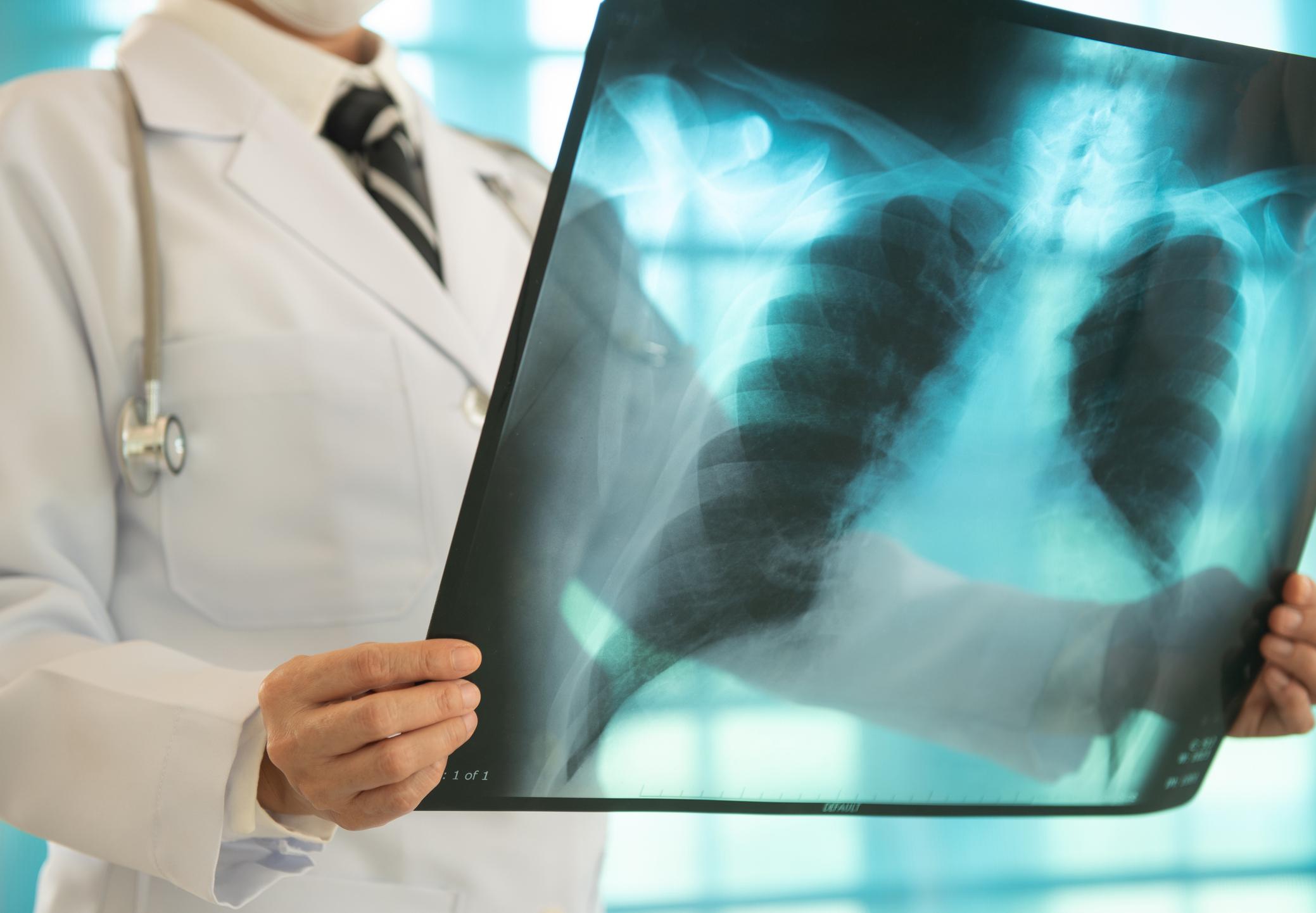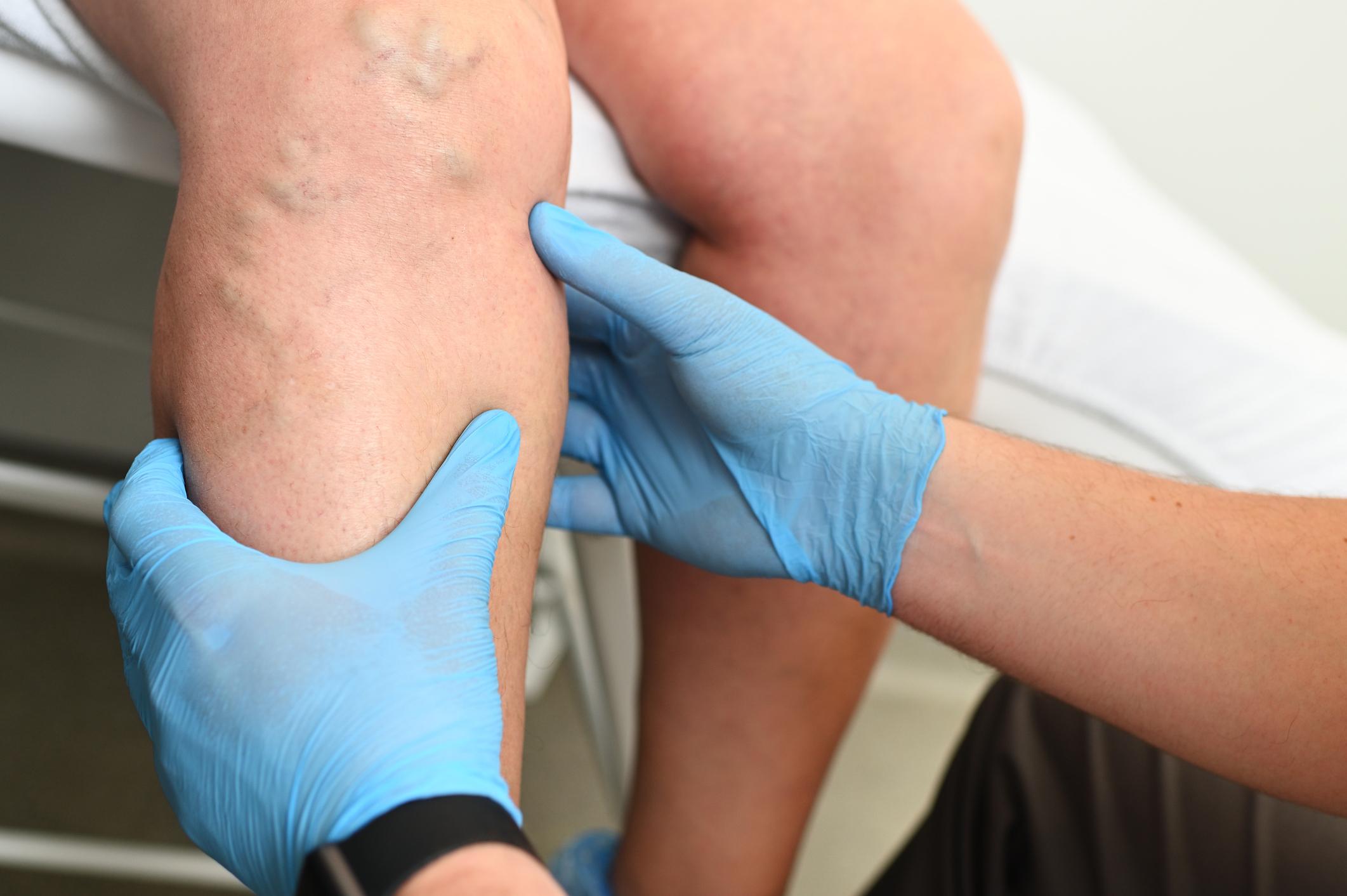An American doctor treated, from Earth, the venous thrombosis of an astronaut present on the International Space Station (ISS) in orbit around the Earth at more than 27,000 km/h.

When sending people into space, NASA generally ensures that they are in good health. However, for the first time, she discovered that one of her astronauts who had been on the International Space Station (ISS) for 2 months had a large blood clot blocking his internal jugular vein, a deep vein in his neck. This case is reported in the international journal The New England Journal of Medicinebut the identity of the astronaut and the date of the events have been kept secret.
A diagnosis made by chance
Asymptomatic, this He was accidentally diagnosed with venous thrombosis during a study to understand the impact of microgravitation on body fluids, during which an ultrasound scan of his neck was performed. As no astronaut had yet been diagnosed with a blood clot in space, NASA preferred to call on Stephan Moll, a specialist at the University of North Carolina.
Luckily, the blood clot had not yet migrated to the lungs, but the doctor had to act quickly to avoid a pulmonary embolism. The astronaut therefore began by taking an anti-coagulant drug available on board the ISS, then at 43and day of treatment, a shuttle was specially chartered to bring him apixaban. The patient was treated for 90 days and closely monitored by Dr. Stephan Moll.
“It was amazing to get a call from an astronaut in space. They just wanted to talk to me like they were one of my other patients. Surprisingly, the phone connection was better than when I called my family in Germany, even though the ISS is moving at more than 27,000 km/h” around the Earth, says the doctor. The astronaut finally stopped his treatment a few days before his landing in order to avoid the dangers associated with entering the atmosphere. Once on Earth, the clot was gone.
Better understand venous thrombosis
Venous thrombosis, or thrombophlebitis, corresponds to the formation of a clot, or thrombus, forming in a vein, which it will affect in whole or in part. It occurs in case of local slowing of blood flow, damage to the inner wall of the vein or in case of increased tendency of blood to clot. So anything that impairs blood clotting function, the vein wall, or venous circulation can increase the risk of venous thrombosis.
The risk of venous thrombosis increases with age: it is very low before the age of 30 and increases until it becomes high after the age of 70. People who have already had an episode of venous thrombosis will have 3 times the risk of recurrence. Also at risk are obese people, women taking estrogen-progestogen therapy (especially if they smoke), pregnant women at the end of pregnancy, after childbirth (risk five to ten times higher) and people who have recently had myocardial infarction or stroke.

.
















